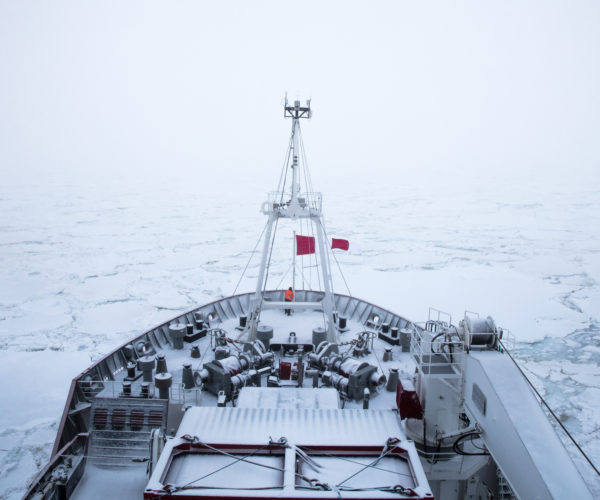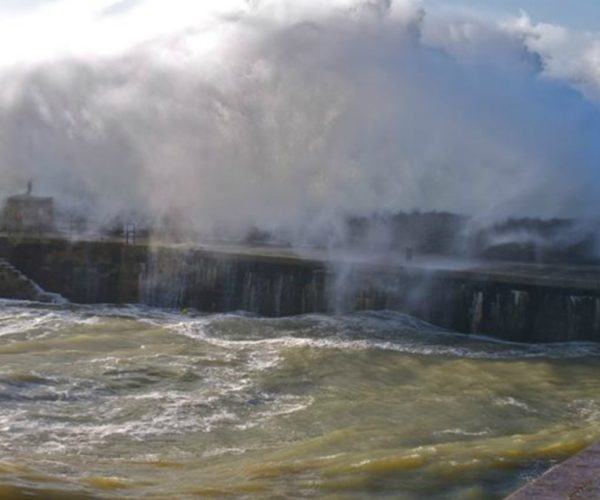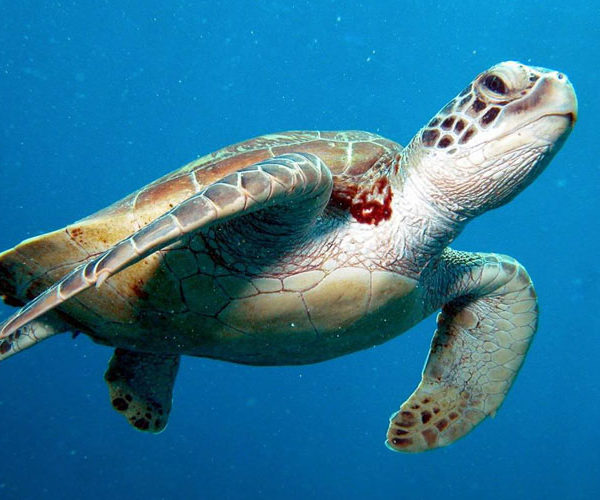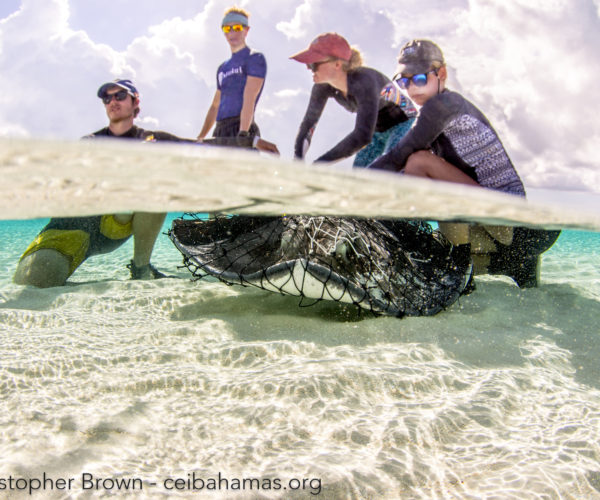Show Notes – ICEBERGS In this episode Ethan and Ben talk to Dr. Alejandro Roman Gonzalez about ICEBERGS, a research voyage aboard the RRS James […]
Tag: show notes
Scientists at Sea Podcast – Climate Change, why don’t people act? With Catherine Leyshon
Show Notes In the last episode we spoke with Paul Butler and Annette Broderick about climate change and how this impacts their work on bivalves […]
Scientists at Sea Podcast – Climate Change, Turtles, and Bivalves
Show Notes In this episode Ethan and Ben discuss the latest Climate Change Report released by the IPCC (Intergovernmental Panel on Climate Change), with Professor […]
Scientists at Sea Podcast – The Stingray Episode: with Ethan Wrigglesworth and Molly Meadows
In this episode, we get to know our regular presenters a little better. Ethan and Molly talk to Ben, the producer, about the work they […]
It’s Stressful Being a Coral! Declining Coral Cover on the Great Barrier Reef
Author: Jennifer McWhorter Jennifer McWhorter is pursuing her PhD in a joint program between the Universities of Exeter and Queensland. Using various climate and ecological […]




